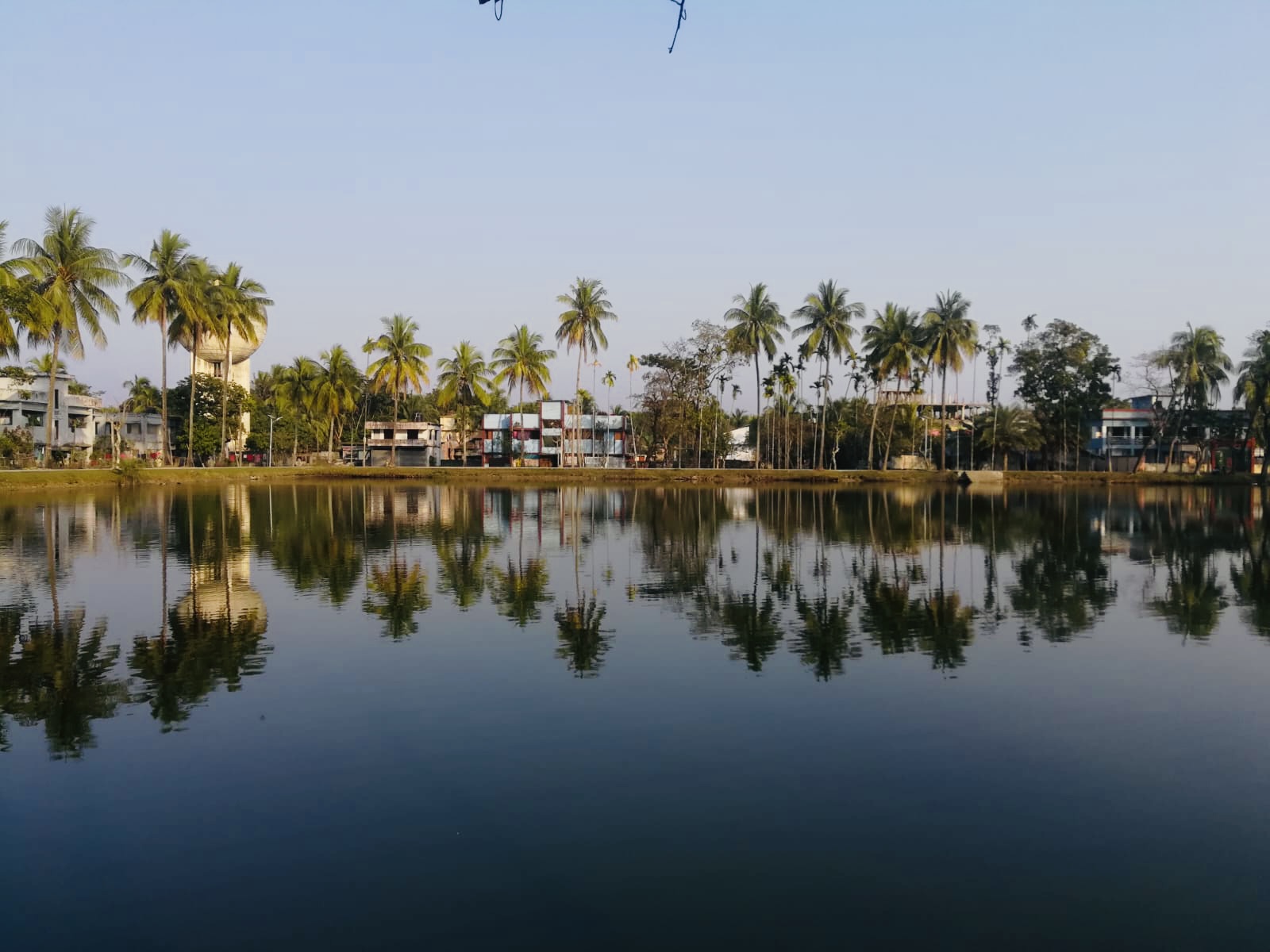- About us
-
Our Services
Downloads
Training & Suggestions
Inspection
-
Higher Offices
Division / District
Ministry / Department
- E-Service
- Gallery
-
Contact
Office Contact
Communication Map
- Opinion
-
Download
Beneficiary List
-
About us
এক নজরে
Human Resource
organogram
-
Our Services
Downloads
Training & Suggestions
Inspection
-
Higher Offices
Division / District
Ministry / Department
- E-Service
- Gallery
-
Contact
Office Contact
Communication Map
- Opinion
-
Download
Beneficiary List
Allowance of Underprivileged Communities
Underprivileged communities are a small part of the total population of Bangladesh. According to the survey of the Department of Social Services, there are about 14,90,000 underprivileged community people in Bangladesh. The current government has undertaken various activities to improve the quality of life of the backward people and to include these people in the mainstream of society. From the financial year 2012-13 to 2018-19, the two programs for improving the quality of life of the underprivileged communities were together. In the financial year 2019-20, this program is being separated and is being run under the name "Livelihood Development Program for Backward Communities". From the financial year 2021-22, special allowances and education stipends of this program are being sent to beneficiary mobiles through G2P system with cash assistance.
Underprivileged Communities
It means socioeconomically and educationally backward communities or classes. It consists of Fishermen, sadhu, rishi, beharas, barbers, washermen, hajams, nikaris, patnis, kaoras, telis, patikars, sweepers, sweepers or dhangars, domars, doms, rauts, domars, doms, rauts, and occupations of the lower classes.
Activities:
The following activities will be conducted to improve the quality of life of the underprivileged communities:
1. Grant of allowance to persons from underprivileged community of the age group of 50 years and above;
2. To provide education stipend at the monthly rate of 700 taka at primary level, 800 taka at secondary level, 1000 taka at higher secondary level and 1200 taka at higher level to target students studying in educational institutions:
3. To provide training to persons from underprivileged communities above 18 years of age.
Brief Background of the Program:
This program began as a pilot program during the 2012-2013 fiscal year, involving seven districts throughout the country. During the 2013-2014 fiscal year, this program was expanded to a total of 21 districts, including 14 new districts. During the 2015-2016 fiscal year, this program was expanded to 64 districts.
Planning and Implementation: Cabinet Division, A2I, BCC, DoICT and BASIS






